With year-round perfect riding weather and a topography that allows both bike commuters to enjoy pedaling without too much strain and experienced riders to explore the nearby mountains and hills, Los Angeles in many ways is a cyclists’ paradise.
But the city’s cycling reputation is tempered by the fact that it is one of the most vexing, difficult and downright dangerous cities in the United States to ride a bike in.
Cycling ‘explosion’: coronavirus fuels surge in US bike ridership
Read more
“The weather here is so perfect that you really don’t need a car to shelter like you do in other parts of the country,” said Phil Gaimon, a former professional cyclist turned author and YouTube star. “But LA is also the shittiest city in the most beautiful part of the world.”
At least 36 cyclists were killed in Los Angeles county in 2019, according to statistics compiled by the National Highway Traffic Safety Administration (NHTSA), accounting for about a third of all cycling deaths in California that year. Just last month Branden Finely, 46, was killed while riding his bike through downtown, struck by the driver of a stolen pick-up truck weaving in and out of traffic.
In 2018, Bicycling Magazine gave LA the ignominious title of “worst bike city in America” because of the hazards posed to cyclists by distracted drivers, the terrible shape of most streets, and the seeming willingness of local officials to pay out millions of dollars in lawsuits rather than address the infrastructure needs that could make LA a safer place to bike.
“In terms of infrastructure for cyclists, let’s just say that my organization isn’t going to be out of business anytime soon,” Eli Kaufman, the executive director of the Los Angeles county Bicycle Coalition (LACBC), said. “It just hasn’t been a priority given all of the other intractable issues that the city and county have to deal with.”
But the Covid-19 pandemic has added impetus for the region to improve its cycling infrastructure, as bike sales boom and more people hit the streets to escape being stuck at home and to get some exercise with gyms mostly shuttered. “We have to build a culture that will demand the changes the city needs and with more people getting on bikes now that is becoming a reality,” Kaufman said.
•••
Arguably more than any other city in the US, Los Angeles is a product of the automobile, its freeways and multilane boulevards – the 101, the 405, Sunset Blvd, Hollywood Blvd – embedded in the American psyche.
That strongly rooted car culture, paired with limited public transportation options, has only strengthened most Angelenos’ reliance on cars, and made advocating for alternative transportation modes an uphill battle.
“Doing away with the car culture here in Los Angeles is a lot like trying to do away with the electoral college, it’s not going to happen,” said Stefan Mayer, a cyclist in Los Angeles since 1980 and a coach at the Encino Velodrome in the San Fernando Valley.
That attitude has been reflected in the courts as well. Take the case of prominent entertainment attorney Milton Olin, who was killed in 2013 when a Los Angeles county sheriff’s deputy struck him with his car on Mulholland Drive. Despite the revelation that deputy Andrew Wood had been texting his wife at the time of the accident, the district attorney’s office declined to pursue criminal charges against him. Olin’s family was eventually awarded $11.75m in a civil settlement with the county.
“The district attorney just refused to prosecute the cop [who] killed Milt,” said Mayer, who knew Olin both professionally and personally for over 30 years.
Cars aren’t the only things killing cyclists. Sometimes it’s the roads themselves.
Despite numerous cities in Los Angeles county raising their sales taxes twice in the last 15 years in order to improve road conditions, and voters passing a gas tax in 2017 to do the same statewide, LA, and California as a whole, have some of the worst public streets in the nation.
Over 46% of urban roads in California are rated as being in poor condition, according to the Federal Highway Administration. That number jumps to over 62% when accounting for only the roads in the Los Angeles, Long Beach and Anaheim metropolitan areas, data compiled by the automotive website Copilot found.
The poor shape of streets in Los Angeles has forced the city to dole out millions of dollars in the last decade to cyclists severely injured by the shoddy road conditions.
In 2017, the city paid $7.5m to a man left quadriplegic after he crashed on a stretch of road where the pavement had buckled because of tree roots. That same year it gave $6.5m to a cyclist who suffered a traumatic brain injury after hitting a massive pothole on his bike, and another $4.5m to the family of a rider killed after he hit a 2in ridge in the pavement.
“Right now, the bike infrastructure in Los Angeles is woefully inadequate,” Kaufman said. “We’re not doing a systemwide approach, so you end up with these bike lanes that just end. They’re bike lanes to nowhere.”
•••
City officials in Los Angeles agree there is plenty of room for improvement when it comes to making the city more bike-friendly, and acknowledge that the cycling horror stories occur too frequently. Local officials appear to be at least willing to give lip service to cyclists’ concerns and have argued that riding a bike in LA has vastly improved in recent years.
In 2015, the Los Angeles mayor, Eric Garcetti, announced the Vision Zero plan, which aimed (but failed) to reduce cycling fatalities by 20% by the end of 2017 and see zero deaths on city roads by 2025. The city’s 2035 Mobility Plan hopes to add to an existing bike infrastructure plan and link up a network of fully separated and protected bicycle lanes and paths.
Last year, the city added or made safety upgrades to more than 61 miles of bike lanes – more than doubling the improvements it made in 2019, according to LADOT. And as part of LA’s Green New Deal, the city plans to increase the percentage of all trips made by walking, cycling, micro-mobility, matched rides, or public transit to at least 35% by 2025 and to 50% by 2035.
“Any life lost on our streets is one too many, and Mayor Garcetti will never stop pushing to make our roads safer and accelerate common sense projects that can reduce fatalities,” said Harrison Wollman, Garcetti’s deputy press secretary. “Los Angeles is investing more than ever before in traffic safety, and in the last year alone, we’ve installed more bike lanes and safety features than the previous three years combined.”
LACBC’s Kaufman argues that to convince people of the importance of a better bike transit system, the discussion needs to broaden to show how such a system would benefit other aspects of society.
“If we want to be a little bit more courageous, we need to look at communities in terms of other metrics besides the efficiency of people’s commutes so we can really start changing people’s quality of life,” he said. “We need to look at metrics like people’s physical and mental health, the environmental impact of cars, how this impacts inequality as a whole.”
One program working to put this into practice is CicLAvia – a nonprofit initiative started in 2008 and modeled after the weekly ciclovía events in Colombia’s capital, Bogotá, where certain city streets are closed to car traffic and opened to cyclists, walkers and others for recreation.
“CicLAvia is about turning public streets into public parks for a day,” Tafarai Bayne, the initiative’s chief strategist, said. “The idea of changing public space to make it more for people is at the core of what we’re doing.”
Since its inception in 2008, CicLAvia has held 35 events across the city, which were attended by more than 1.8 million people. Organizers say that before Covid-19 hit the region, they had planned to hold at least six CicLAvia events a year.
Like every other aspect of society, cycling – and the bike industry – has been deeply affected by the pandemic. With gyms, malls, movie theaters and almost every other indoor establishment closed, the US has experienced a bike boom not seen in almost 50 years.
In April 2020 alone, bicycle sales in the US hit $1bn – a 75% increase from the previous year, according to market research company NPD Group – and manufacturers and bike shops have struggled to keep up with the demand.
While some diehard cyclists may complain about the wave of new, and slower, riders clogging the streets and trails, advocates like Kaufman and Bayne see the pandemic-induced bike boom as a way to create new allies and spur on further cycling infrastructure projects that will make Los Angeles a safer and easier place to pedal around.
“We just don’t want to go back to the old normal,” Kaufman said.








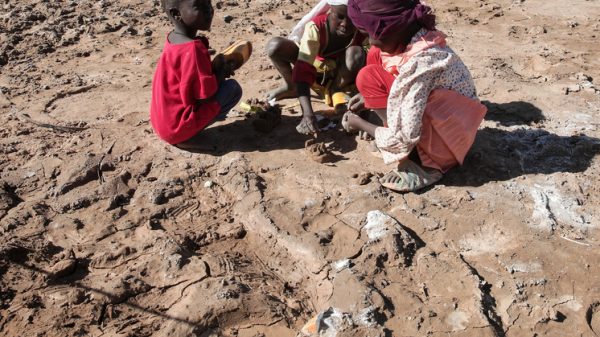
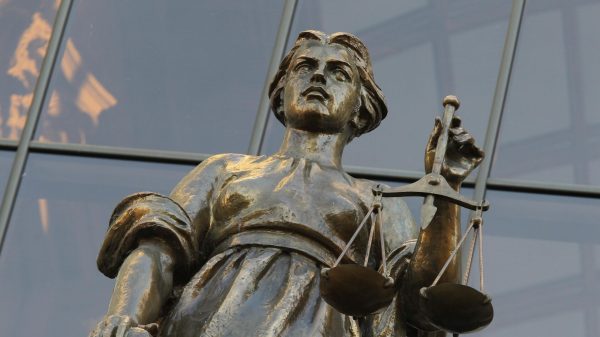
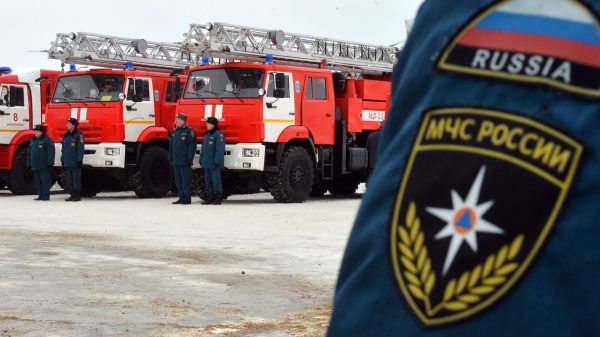









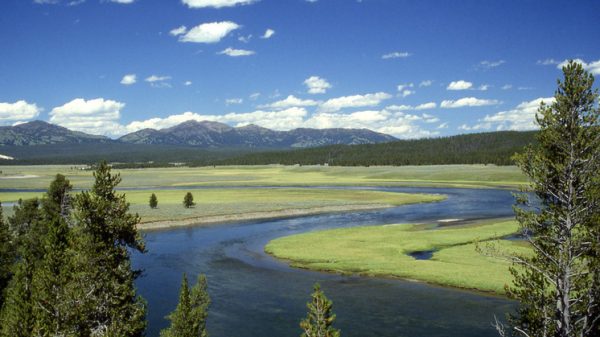


















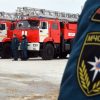















Свежие комментарии